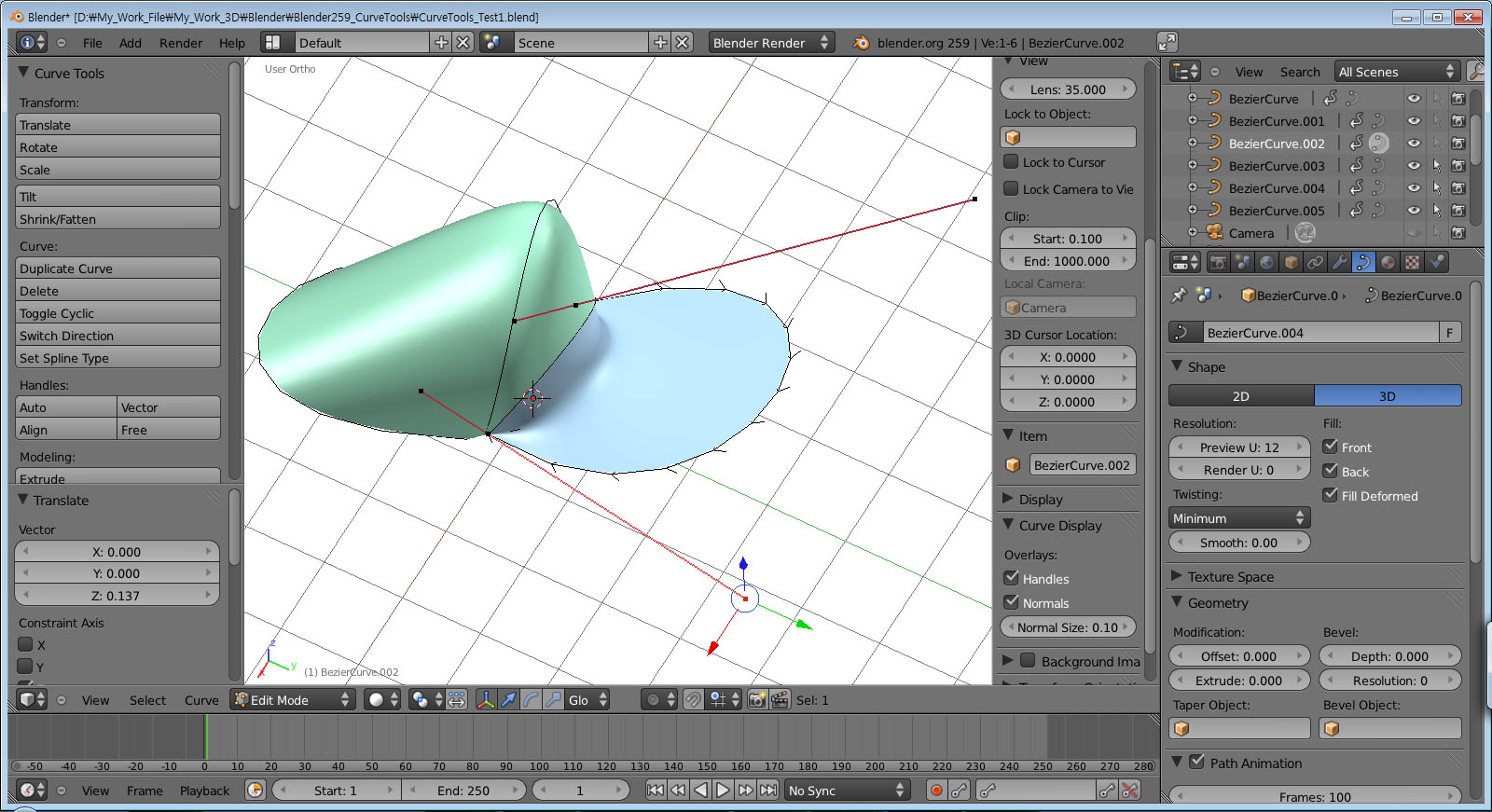
If the two do not coincide, then weird things happen when you try moving things around. Since the default for the Deformation Axis is “X”, all works pretty much as you expect. When a path curve is created, all its points initially lie along its local X-axis.

Rule Two: The Deformation Axis is interpreted according to the local coordinate system of the deforming curve. Notice those six buttons under “Deformation Axis:”? Now look at the settings for the Curve modifier. Just be sure to keep that first point always at the origin of the curve. You can of course freely move around, add and delete the other points. This will adjust the origin of the curve’s local coordinate system to that first point (keeping the curve itself in the same place), whereupon the grid object should jump back to its original location.Ĭorollary to Rule One: You will make things a lot simpler for yourself if you change the origin of the deforming curve to coincide with its start point. Now TAB back into Object mode, and from Object→Transform do “Origin to 3D Cursor”. Select just that point, and from the Snap menu SHIFT + S , do “Cursor to Selected”. If you select the curve and TAB into Edit mode, you should see that, while the origin of the curve’s local coordinate system (the fat orange dot) is in the middle of the curve, the first point (the one at the end of curve in the same direction that the “centipede legs” are pointing) has a negative X-coordinate. Rule One: The offset of the first point on the curve in its local coordinate system is also used to offset the origin of the deformed shape. Also add a path curve on top of it-this will give you a NURBS curve with 5 points, initially in a straight line. Start a new Blender document delete the default cube, and add a grid object instead, with the default 10×10 subdivision to give it plenty of vertices that can be deformed. Let’s do an illustrative example to clarify things.
#Blender 2.8 curve to mesh plus#
Once you understand these rules, you shouldn’t need to keep trying different things at random to try to achieve the effect you want, you should be able to go straight for it.Ī Simple Example Grid plus path objects, ready for action There are in fact some predictable rules that govern the behaviour of the curve modifier. A common situation is you try to move the deformed object in one direction, but it ends up moving in a completely different direction! This happens when you choose a deformation axis that doesn’t correspond to the predominant orientation of the points in the curve. The curve modifier is also very easy to confuse yourself with if you’re not careful in how you set it up.

The mesh will follow every twist and turn of the curve as far as it can bend, depending on how many vertices it has-clearly, the more vertices there are, the more faithfully it can follow the curve. The curve modifier lets you use a curve shape to deform a mesh.


 0 kommentar(er)
0 kommentar(er)
